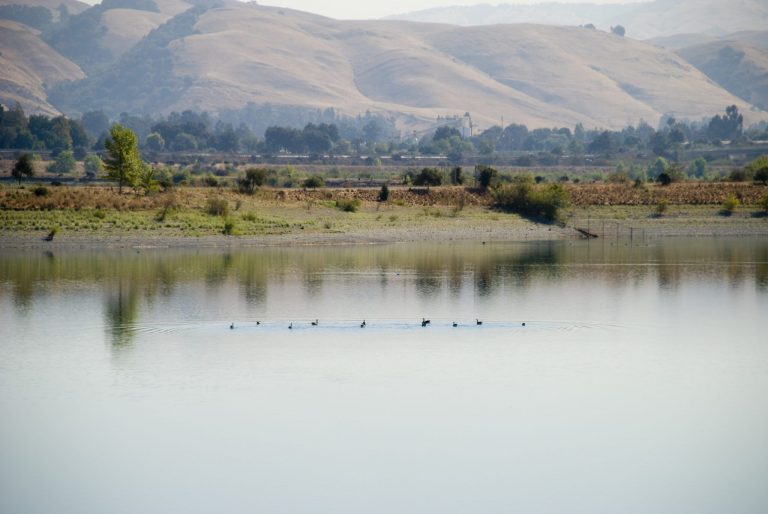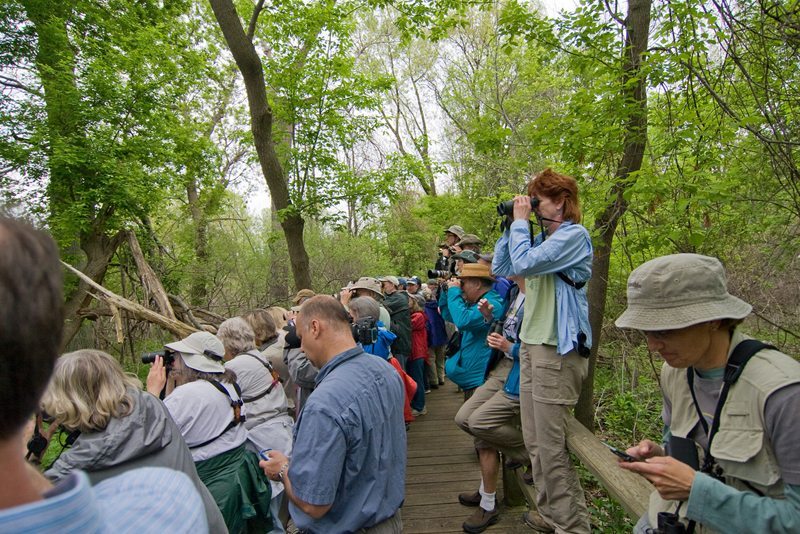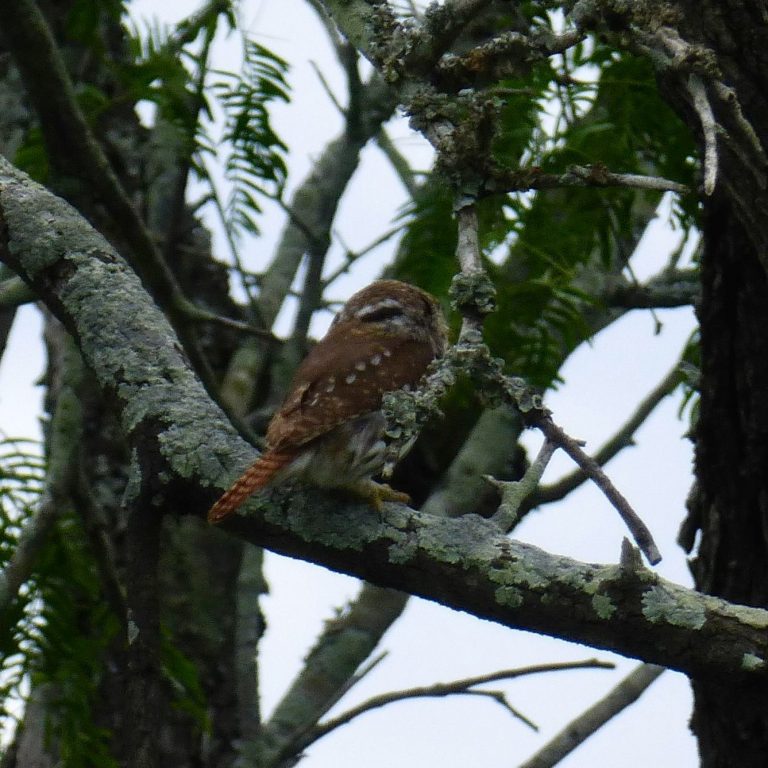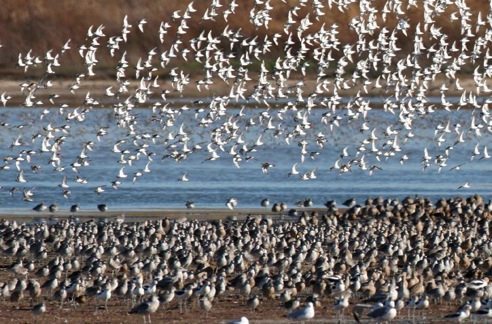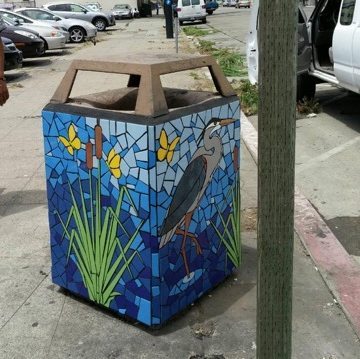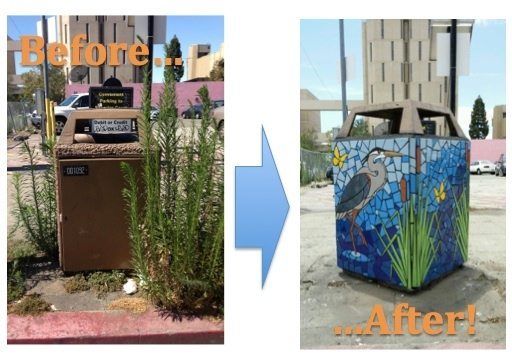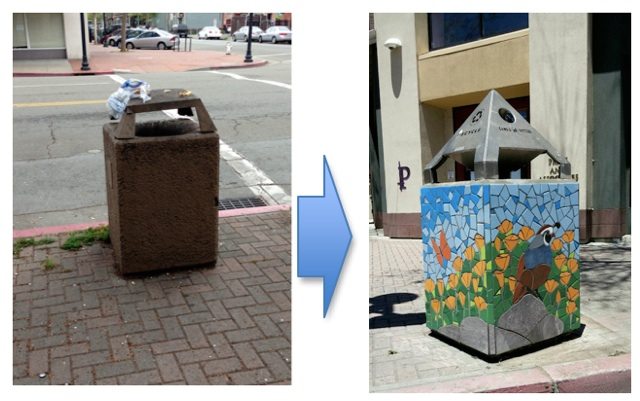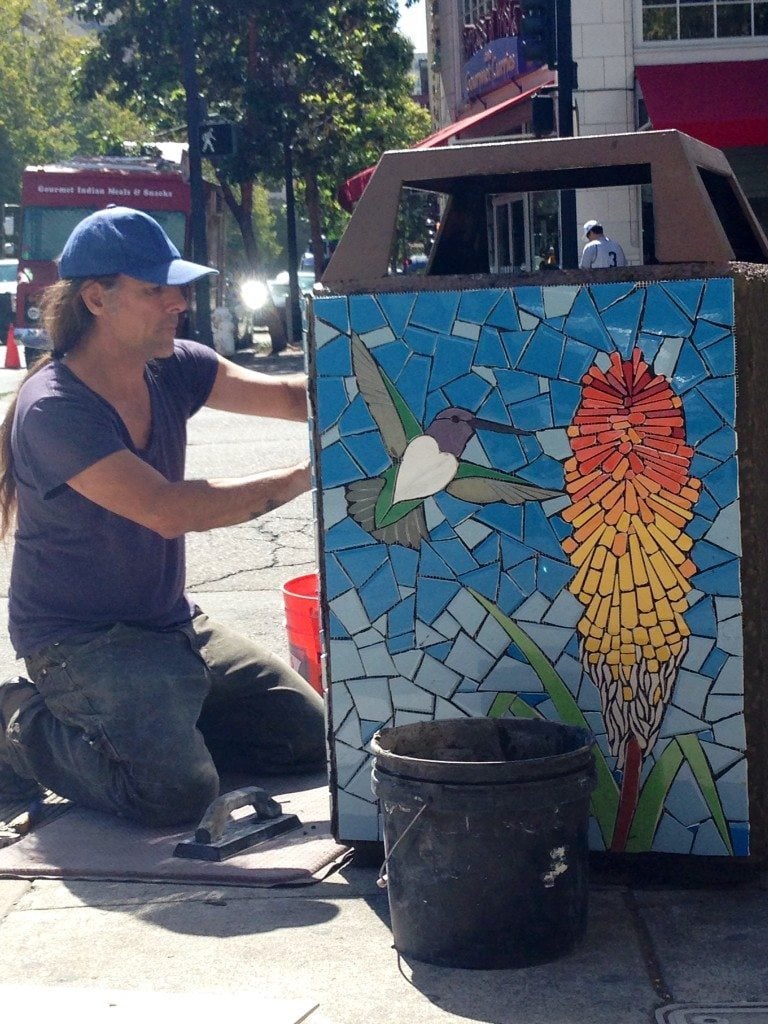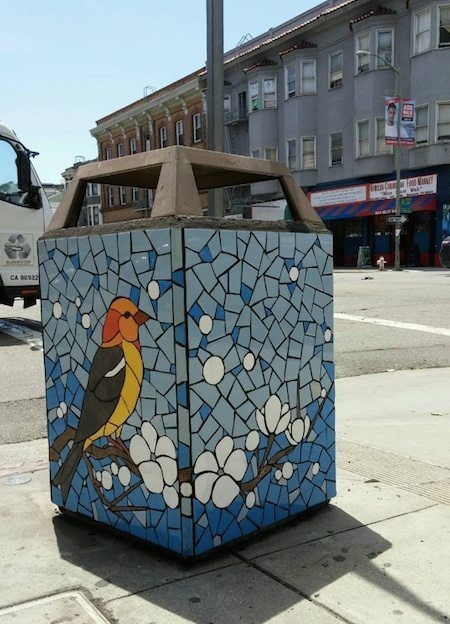Coyote Hills: Birding Hotspot
By Pamela Llewellyn
When people visit from out of town and ask, “Where’s the best place to go birding?” I always have to pause and collect my thoughts. San Francisco Bay is one of the richest and most diverse places to bird along the California coast — one of the major foraging, resting, and over-wintering spots along the Pacific Flyway.
Coyote Hills Regional Park in Fremont is one of my all-time favorite East Bay birding locations, due to the variety of habitats supporting diverse groups of both flora and fauna. But it also has a rich cultural history.
The East Bay’s original inhabitants were ancestors of the Ohlone Indians, hunters and gatherers whose skills enabled them to live well off the land’s natural ounty. At that time Tule elk, California Condors, sea otters, and fish were abundant. Some of the rich wetlands that sustained them are preserved at Coyote Hills, along with 2,000-year old Tuibun Ohlone Indian shellmound sites.
The park’s varied history also includes Mission and settler ranching and farming activities, salt production, a duck hunting club, a dairy, rock quarrying, a military NIKE missile site, and a biosonar research facility. Coyote Hills Regional Park was dedicated to public use in 1967 and is presently comprised of nearly 978 acres of open space.
There is not a dull time of year to bird at Coyote Hills: Each season offers a unique glimpse into the life of birds.
Spring in Coyote Hills is a very busy time of year. Upon entering the park, the road passes through grasslands and marsh where Northern Harriers (formerly known as Marsh Hawks) soar over the reeds in search of food, or do roller-coaster loops and food hand-offs mid-air air to impress a potential mate.
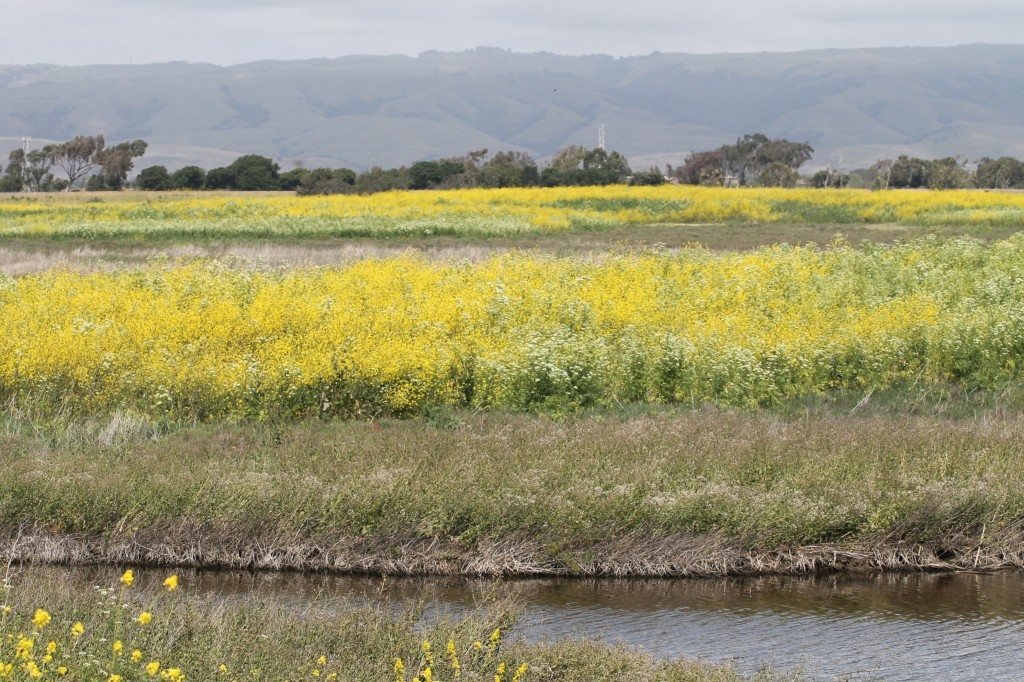 Coyote Hills in the spring / Photo by Ilana DeBare
Coyote Hills in the spring / Photo by Ilana DeBare
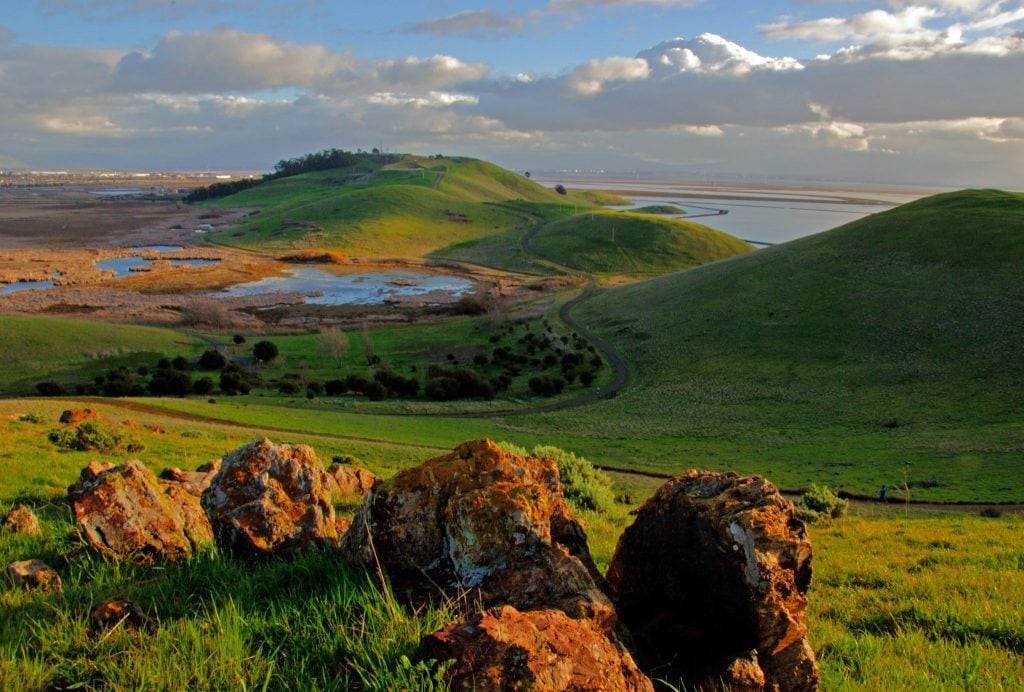 Coyote Hills during a spring sunset / Photo by Jerry Ting (East Bay Regional Park District)
Coyote Hills during a spring sunset / Photo by Jerry Ting (East Bay Regional Park District)
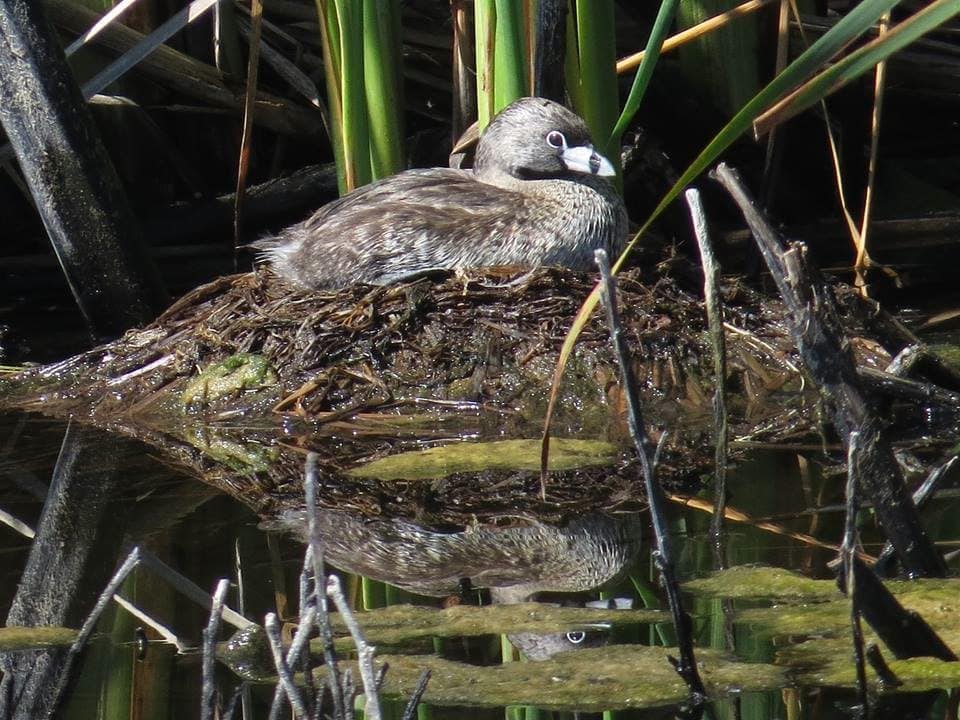 Pied-billed Grebe at Coyote Hills / Photo by Pamela Llewellyn
Pied-billed Grebe at Coyote Hills / Photo by Pamela Llewellyn
Marsh Wrens chatter their staccato song out in the marshes, while Bewick’s Wrens sing melodiously from branches up on the hillside. If you park at the Visitor Center and walk up to Hoot Hollow, you might catch a glimpse of the resident Great-horned Owl family with their newly fledged young. Or if you walk out further into the marshes you may hear the lovely Common Yellowthroats, perched in among the reeds, singing to define territory for their families.…

